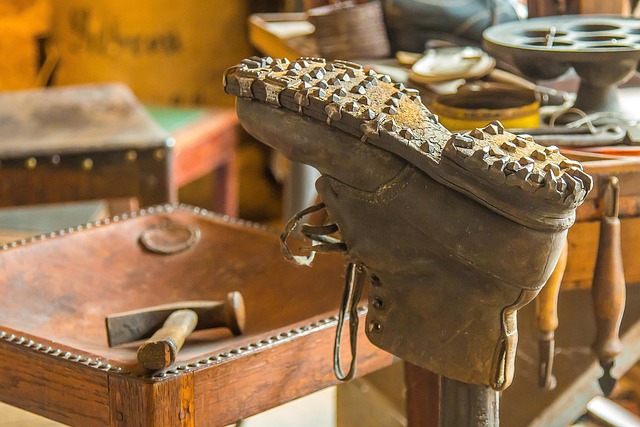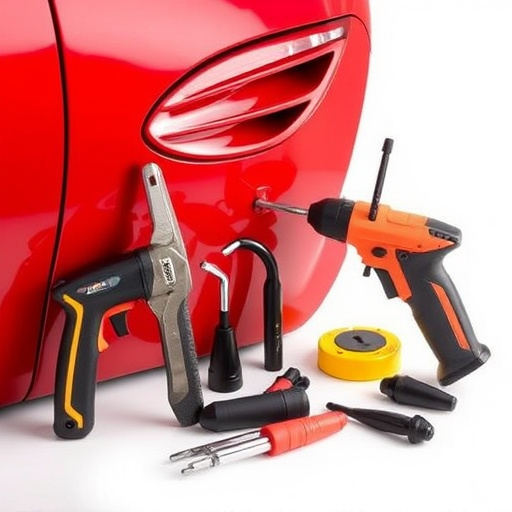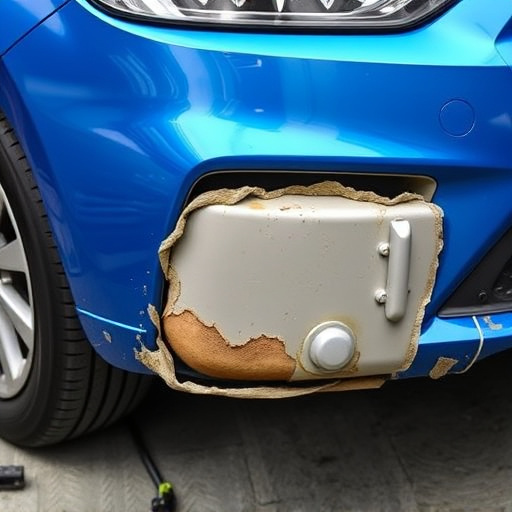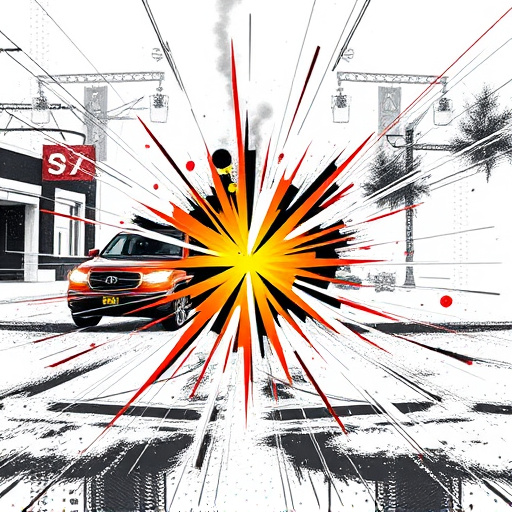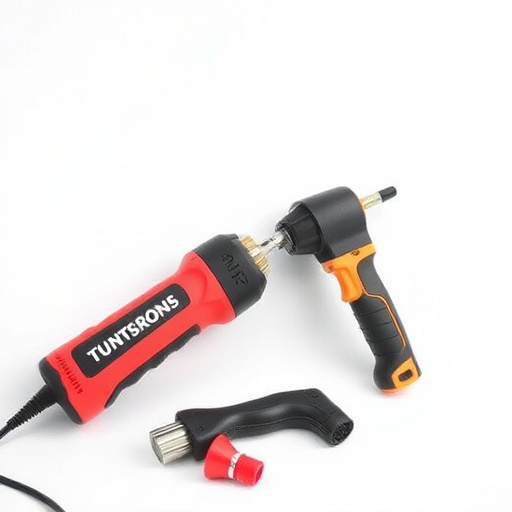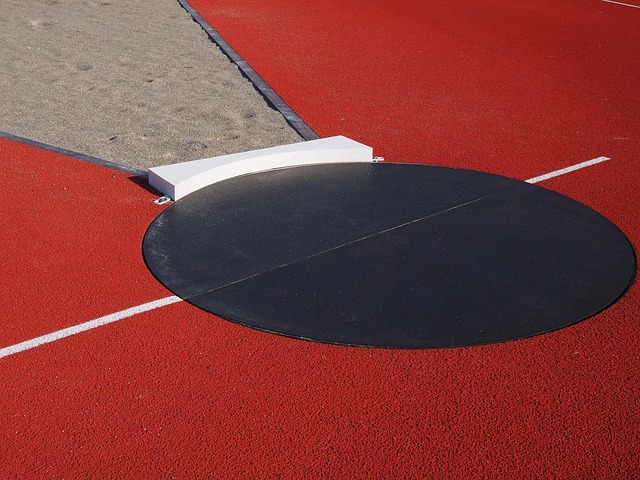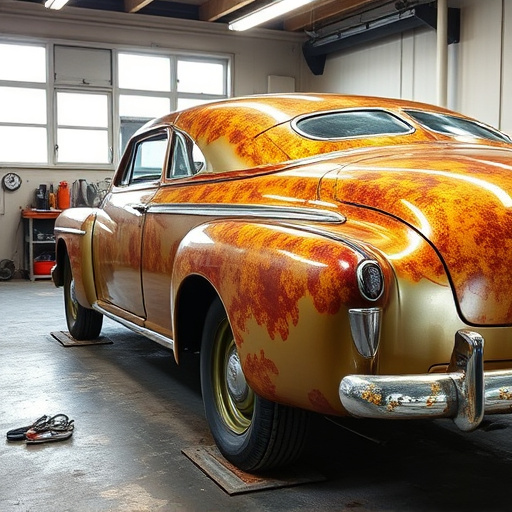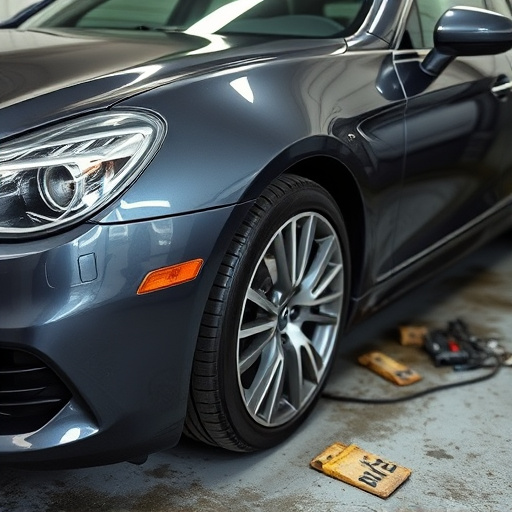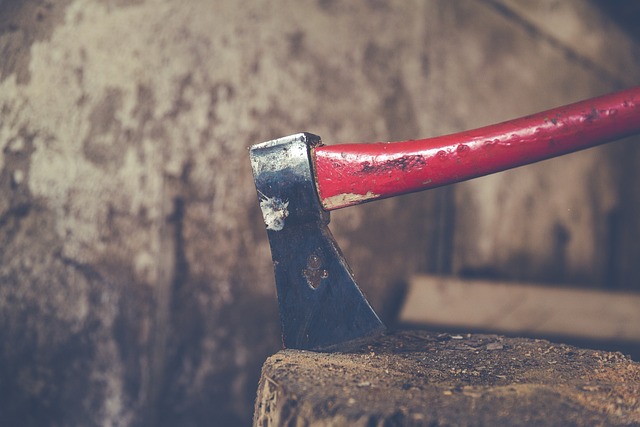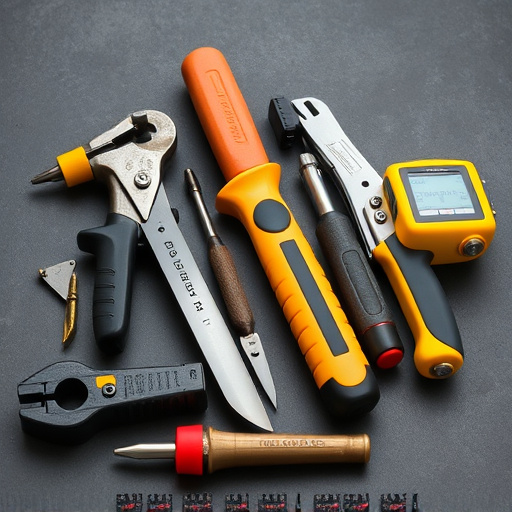The hydraulic frame machine is essential for crash testing, simulating real-world collisions to ensure vehicle safety. It replicates impact forces and deformations using precise hydraulic pressure, providing critical data for manufacturers to design and improve safety features. Regular maintenance, focusing on the hydraulic system, and skilled technicians are vital for accurate crash test results. Hydraulic frame machine repairs address collision damage, corrosion, and mechanical stress, restoring structural integrity and enhancing safety feature performance through precise alignment.
In the automotive industry, ensuring crash-test integrity is paramount for vehicle safety. The hydraulic frame machine plays a pivotal role in simulating real-world collision scenarios, making repairs critical for accurate test results. This article delves into the significance of regular maintenance and repairs for these machines. By addressing common issues like worn components and misalignments, we explore how these solutions enhance safety standards and data accuracy in crash tests, ultimately contributing to better vehicle design and passenger protection.
- Understanding Hydraulic Frame Machine Role in Crash Tests
- Common Issues Leading to Repair Needs
- Repairs' Impact on Enhancing Safety and Accuracy
Understanding Hydraulic Frame Machine Role in Crash Tests

The hydraulic frame machine plays a pivotal role in crash tests, mimicking real-world collision scenarios to ensure vehicle safety. This sophisticated piece of equipment simulates the forces experienced during a collision, allowing engineers to assess the structural integrity and performance of various components. By applying precise hydraulic pressure, it recreates the impact and deformation that cars undergo in accidents, providing crucial data for manufacturers to design and enhance safety features.
In the realm of automotive testing, maintaining the machine’s optimal condition is paramount. Regular maintenance and repairs, especially focusing on the hydraulic system, are essential to guarantee accurate and reliable crash test results. Skilled technicians employ specialized knowledge and body shop services to address any issues, ensuring the machine remains calibrated and ready for the next round of tests. This commitment to upkeep is vital, as even minor discrepancies in the hydraulic frame machine’s performance can impact the integrity of crash test data, ultimately affecting the development of car paint repair and bodywork repairs.
Common Issues Leading to Repair Needs

Machine frames play a critical role in vehicle structure and safety. Over time, a variety of factors can lead to common issues necessitating hydraulic frame machine repairs. One of the primary culprits is collision damage repair, whether from minor fender benders or severe accidents. Impact can distort or deform the frame, compromising its structural integrity.
Additionally, regular wear and tear contributes significantly to repair needs. Corrosion, for instance, weakens metal components, making them more susceptible to failure. Environmental factors such as moisture, salt, and varying temperatures accelerate corrosion rates. Other issues include mechanical stress from improper handling or misaligned parts during autobody repairs, which can also lead to frame damage requiring expert car paint repair techniques to restore structural soundness.
Repairs' Impact on Enhancing Safety and Accuracy

Machine repairs play a pivotal role in enhancing the safety and accuracy of crash tests, especially when it comes to complex structures like hydraulic frame machines. A well-maintained and accurately calibrated hydraulic frame machine ensures that every component is aligned perfectly during testing, mimicking real-world collision scenarios with remarkable precision. This meticulous process allows for more reliable data collection and analysis, enabling engineers to make informed decisions about vehicle safety features and design improvements.
In an auto body shop, frame straightening services are not just about fixing visible dents; they involve meticulous adjustments to the underlying framework, often facilitated by advanced machine technologies. By addressing even the subtlest misalignments, these repairs contribute significantly to the overall structural integrity of a vehicle, ensuring better performance in crash tests and peace of mind for drivers. Accurate frame straightening is crucial for maintaining the proper functioning of safety mechanisms, such as airbags and crumple zones, which depend on precise geometry for optimal deployment and protection during accidents.
Machine repairs are essential for maintaining the integrity of a hydraulic frame machine, which plays a pivotal role in ensuring accurate crash-test results. Regular maintenance addresses common issues like mechanical failures and precision loss, ultimately enhancing safety standards and the reliability of test data. Investing in prompt repairs is crucial for keeping these machines, integral to modern crash testing, in top working condition.
